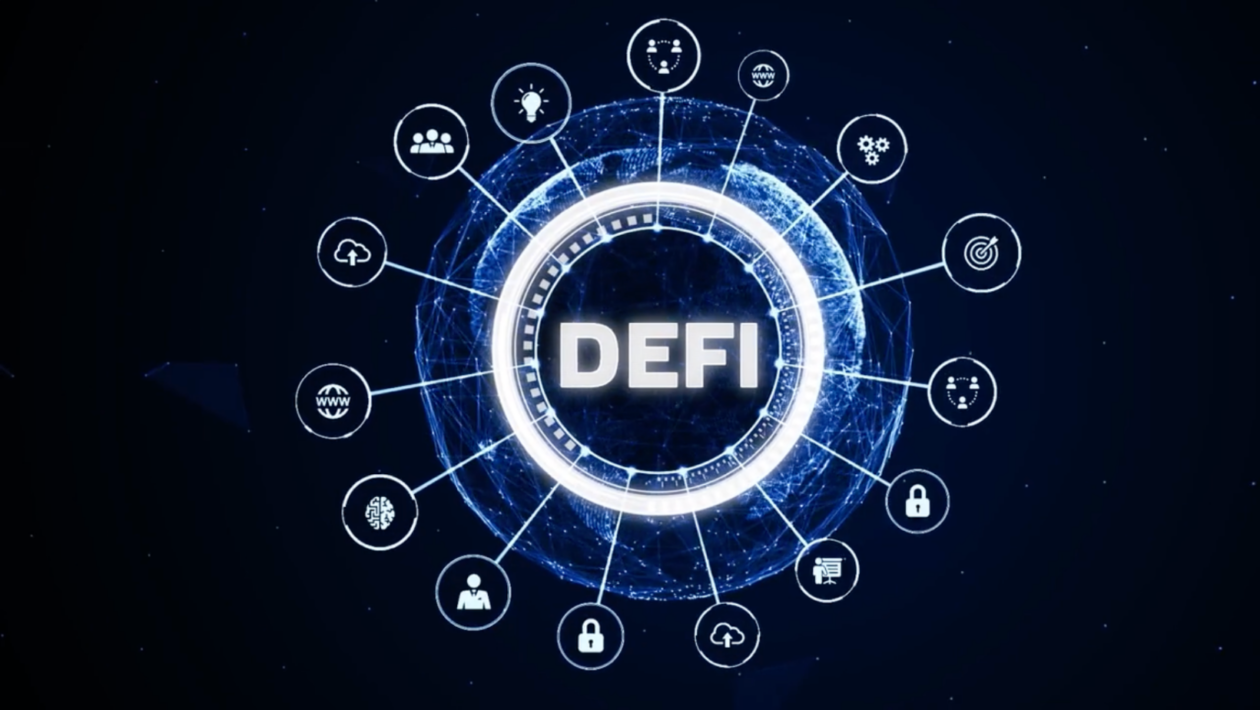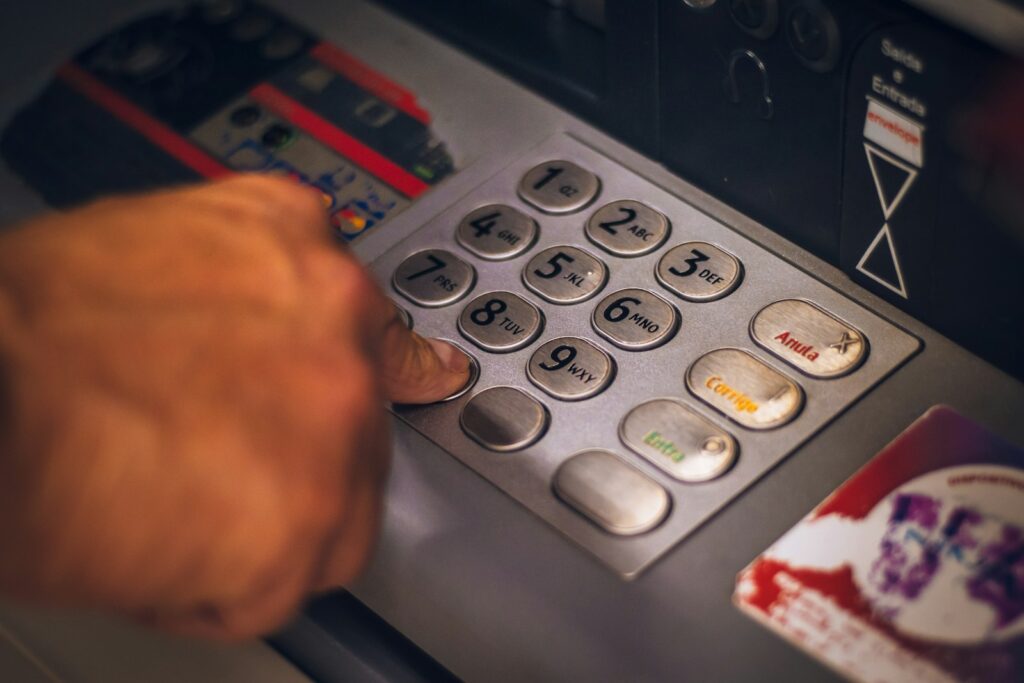
Introduction: A Financial Revolution Unfolding
Imagine a world where you don’t need a bank to hold your money—or to charge you fees just for moving it. That world is already taking shape through Decentralized Finance (DeFi), a fast-growing alternative to traditional financial systems. DeFi leverages blockchain technology to provide global, permissionless access to financial services and is now handling hundreds of billions in value.
In this article, we’ll guide you through how DeFi and other passive income strategies are changing how individuals earn and manage their money. Whether you’re tech-savvy or a traditional investor, there’s something here for everyone.

Understanding DeFi: Banking Without Banks
What is DeFi?
Decentralized Finance refers to blockchain-based applications that allow users to borrow, lend, save, trade, and invest without the need for traditional banks. These applications use smart contracts—self-executing agreements that live on the blockchain—to automate transactions 24/7.
Smart Contracts in Action
A smart contract is like a vending machine. You deposit cryptocurrency, and it executes a function—like lending it out or issuing a loan in return for collateral—without human intervention. It’s global, borderless, and available to anyone with a smartphone and a crypto wallet.
Why DeFi Matters
DeFi democratizes access to financial services. It appeals to users in underbanked regions and to those seeking better rates and faster service. With DeFi, users can lend their crypto and earn interest, or stake assets to help secure networks, receiving rewards in return. The potential returns—often ranging from 5% to 10% or more—far exceed those of traditional savings accounts, albeit with higher risk.

Borrowing and Lending in the DeFi World
Loans Without Credit Checks
One of DeFi’s standout features is the ability to borrow without a credit score. Users lock up crypto as collateral to receive a loan, governed entirely by code. Platforms like MakerDAO follow this model, functioning like automated digital pawnshops.
Efficiency and Purpose
People use DeFi loans to gain liquidity without selling assets, delay taxes, or capitalize on fast-moving opportunities. The entire process is automated, eliminating delays and red tape.

Trading and Exchanges: 24/7 and Permissionless
The Rise of DEXs
Decentralized exchanges (DEXs) like Uniswap allow users to trade cryptocurrencies without creating accounts or handing over custody of funds. Transactions occur directly between wallets via smart contracts, offering transparency and autonomy.
Why It Matters
DEXs remove gatekeepers and prevent account freezes. Users gain control over their assets and can trade any time, day or night—unlike traditional markets that close on weekends.

Advanced Strategies: Yield Farming and Liquidity Pools
Earning Through Participation
Yield farming involves moving crypto across platforms to earn the highest rewards, often in the form of fees or bonus tokens. Contributing to liquidity pools enables trading and rewards participants.
High Returns, Higher Risk
Returns can reach double digits, but they are volatile and not guaranteed. Still, even modest returns from staking or providing liquidity are appealing to those seeking to make their assets work harder.

DeFi’s Global and Philosophical Impact
Access for the Unbanked
An estimated 1.4 billion people lack access to banking, yet many own smartphones. DeFi allows these individuals—from New York to Nairobi—to access global financial tools without ID or proof of residence.
True Ownership and Transparency
Users control their assets directly with digital wallets. Transactions are transparent and verifiable on the blockchain. Some platforms even offer user governance, allowing participants to vote on updates and policies.
A New Financial Paradigm
DeFi represents a shift toward finance as a community-driven, permissionless, and transparent ecosystem. It offers lower fees, instant access, and real ownership—appealing to those disillusioned with traditional banking.

Beyond DeFi: Traditional and Creative Passive Income Strategies
The Core Idea
Passive income isn’t exclusive to crypto. It’s about putting time or money in upfront to create income streams that generate money with minimal ongoing effort.
Traditional Investment Vehicles
- Dividend Stocks
Receive quarterly payments from companies you own shares in. ETFs offer diversification and lower risk compared to individual stocks. - Bond Ladders
Build a series of bonds that mature at different times, providing steady income while managing interest rate risk. - High-Yield Savings Accounts and CDs
Online banks often offer the best rates. These insured, stable options are ideal for risk-averse investors. - Annuities
Insurance products that deliver guaranteed income streams, tailored to individual retirement goals.
Peer-to-Peer Lending and Tax-Advantaged Funds
- P2P Lending
Earn interest by lending directly to individuals via platforms like Prosper. Diversification is key to managing risk. - Municipal Bond Closed-End Funds
Offer tax-free income and potential leverage-driven returns but come with rate sensitivity and volatility. - Preferred Stocks
Blend characteristics of stocks and bonds. They provide high dividends and are less volatile than common stocks but are sensitive to interest rate changes.

Digital and Creative Passive Income Streams
E-books and Online Courses
Use your expertise to create digital products. Once published, these can generate ongoing income with little upkeep.
Stock Photography
Sell images repeatedly through platforms like Getty or Shutterstock. Success depends on identifying in-demand visuals.
Apps and Software
Develop a game or utility app. Popular ones can generate substantial income through ads, purchases, or subscriptions.
Blogging and YouTube
Create content in a niche you’re passionate about. Monetize through ads, sponsorships, or affiliate links.
Print-on-Demand Design
Sell custom merchandise through platforms like Zazzle or Shopify without managing inventory.

Real Estate: Passive Income with Property
Traditional Rentals
Generate monthly cash flow, but be prepared for property management responsibilities.
Crowdfunded Real Estate
Invest with others in large properties via platforms. No direct management required, but your funds are typically locked in for a set period.

Final Thoughts: A Strategic Approach to Passive Income
Passive income, whether through DeFi, traditional investments, or creative ventures, typically requires upfront effort or capital. Each method comes with its own set of risks—market volatility, defaults, regulatory changes, or simply lack of demand.
Yet the rewards—financial independence, flexibility, and long-term security—make the pursuit worthwhile. The key is to match your chosen strategy with your skills, capital, risk tolerance, and lifestyle goals.
Start small. Learn continuously. Diversify your streams. And build a future where your money works for you—not the other way around.



